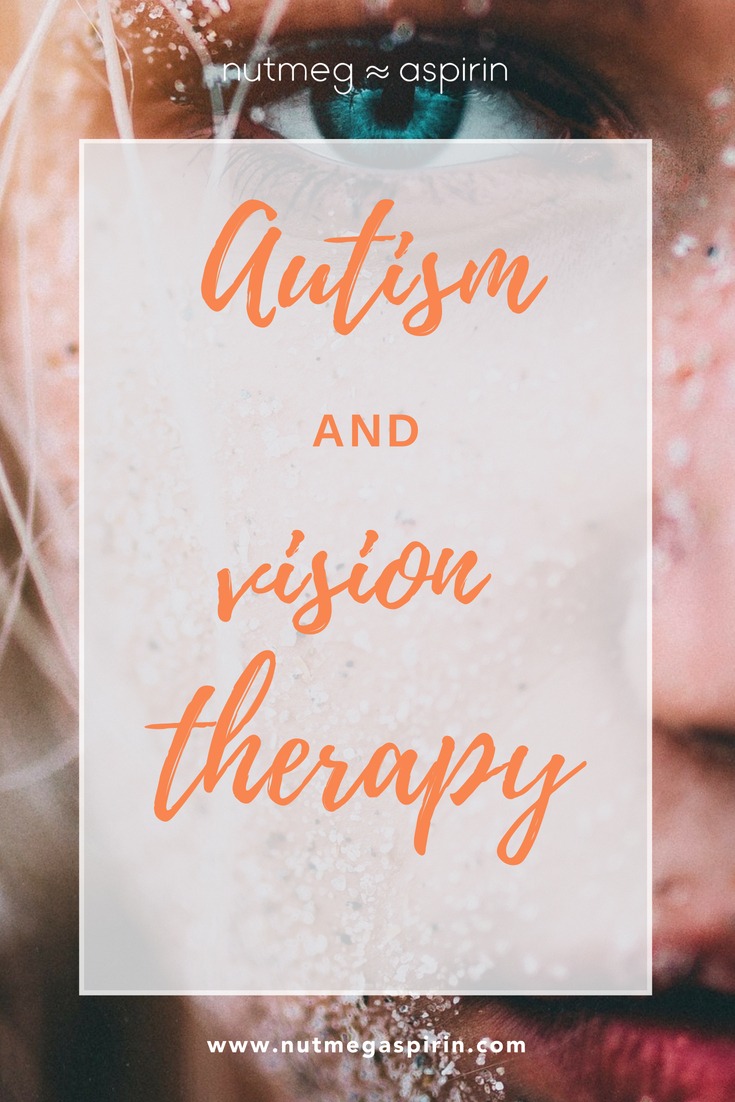Autism and Vision Therapy

How It Works
A parent recently asked why I recommended that her child with autism be examined by a pediatric optometrist rather than a pediatric ophthalmologist. Both types of eye doctors examine and prescribe glasses, diagnose and treat eye disease, and can evaluate how well a person uses the eyes together. However, each profession is unique.
Eyesight vs. Vision
Eyesight and vision are not synonymous. Eyesight is the sharpness of the image seen by the eye. Vision is the ability to focus on and comprehend that which is seen.
Vision is Learned
Vision--like reading, mathematics and language--is learned. Giving meaning to what is seen begins at birth. As the eyes move along with the arms, hands and body, behavior becomes more purposeful because it is driven by the eyes.
Vision Lays the Foundation for Language & Relationships
Vision also plays a major role in language and social-emotional development. Children with language delays, attention deficits and autism spectrum disorders all have inefficient visual systems. If a toddler is not speaking or relating to others, a vision evaluation is essential. Combining the visual system with touch, movement, audition and social experiences benefits all areas.
Making the Right Choice
Scientific evidence indicates that behavioral optometrists who use vision therapy, which often includes the therapeutic use of lenses and prisms can be the missing link in helping tour child. If your child has developmental delays of any kind, choose to have all aspects of vision evaluated correctly.
Go to www.COVD.org or www.OEPF.org and enter your zip code to locate eye care professionals qualified to evaluate even the most difficult, non-verbal children. To learn more about the importance of vision, read my book Outsmarting Autism: The Ultimate Guide to Management, Healing, and Prevention.
Difficulty
nor hard Somewhat
challenging Very
challenging




